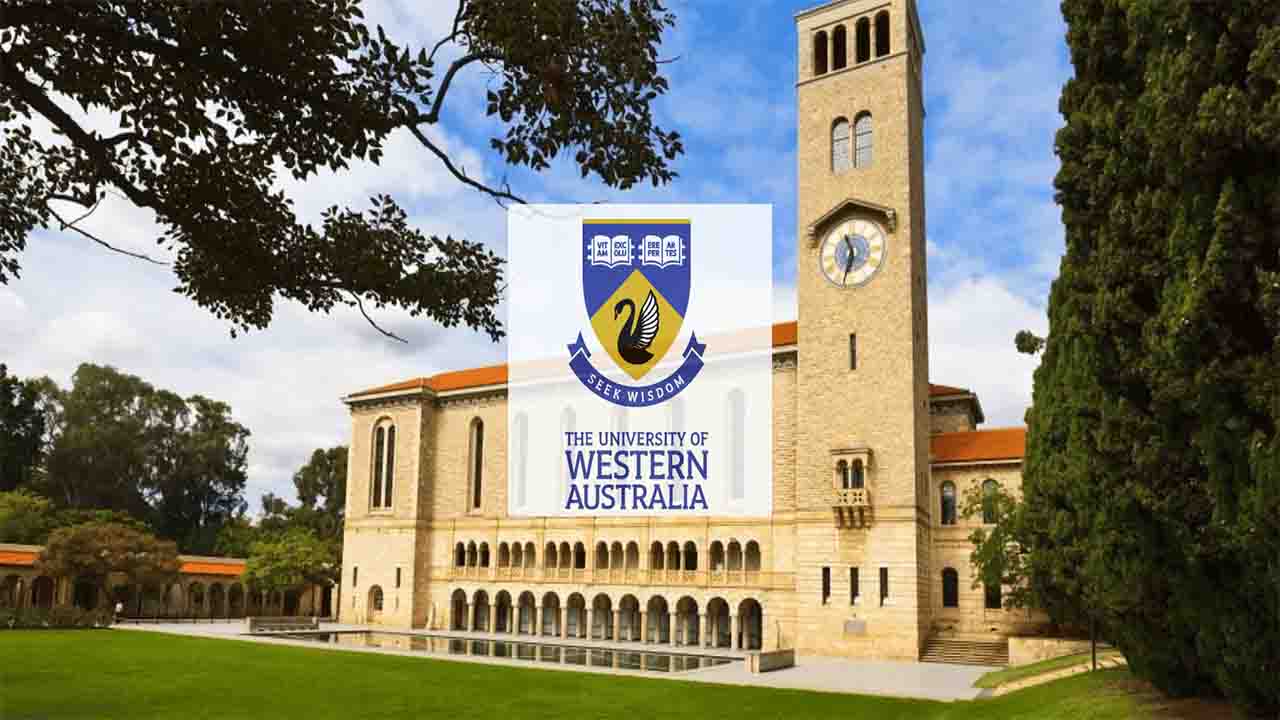A groundbreaking study led by Sacramento State University, in collaboration with researchers from The University of Western Australia (UWA) and Thalanyji Traditional Owners, has shed light on the ancient Aboriginal occupation of the North West Shelf, particularly focusing on Barrow Island in Western Australia’s Pilbara region. Published in the esteemed Quaternary Science Reviews, the research unveils a remarkable narrative preserved within thousands of artefacts, predominantly crafted from imported stone materials.
Over the course of a decade, archaeologists meticulously analyzed 50 ancient habitation sites scattered across Barrow Island. Astonishingly, the artefacts unearthed during this investigation predominantly comprised stones not indigenous to the island’s ancient limestone landscape. Instead, these materials originated from locations on the mainland, situated between 60 to 90 kilometers away from the island’s shores. Remarkably, these stones bore evidence of extensive utilization in various activities such as woodworking, food processing, and plant manipulation.
Professor Peter Veth, a distinguished archaeologist from UWA’s School of Social Sciences, underscores the significance of these findings, stating, “The stone used to make the artefacts is found today on the mainland 60 to 90 kms from the island. These materials have been heavily used for a range of woodworking, food processing, and plant processing activities.” Such revelations point towards a complex interplay between ancient Aboriginal communities and their environment, highlighting sophisticated resource management and adaptive strategies.
The study further illuminates the temporal context of Aboriginal occupation on Barrow Island. Evidence suggests that these sites were inhabited during a period when the island was still connected to the mainland, a connection severed approximately 7,000 years ago due to rising sea levels. This temporal framework provides invaluable insights into the early human settlement patterns in the region, unraveling a narrative that spans millennia.
Professor Veth elaborates on the historical timeline, stating, “Previous work on Barrow Island shows occupation began 50,000 years ago with evidence of people using both marine resources and animals and plants from the coastal plain.” This extended timeline underscores the enduring relationship between Aboriginal communities and the dynamic coastal environment, highlighting their resilience and adaptability over millennia.
Barrow Island emerges as a veritable time capsule, encapsulating the rich tapestry of Aboriginal heritage and cultural practices. Its unique geological and ecological features have facilitated the preservation of an early and intact record of human occupation, offering a rare glimpse into ancient lifeways on the North West Shelf. Professor Veth emphasizes the island’s significance, describing it as “a highly significant time-capsule of past Aboriginal use of the North West Shelf.”
For Thalanyji Traditional Owners, the artefacts unearthed during this study represent more than mere archaeological remnants; they serve as tangible links to their ancestral past and cultural heritage. These artefacts offer a poignant testament to the enduring connection between Indigenous communities and their land, providing invaluable insights into traditional practices and lifeways. As custodians of this rich cultural legacy, Thalanyji Traditional Owners view the artefacts as an important record of their ancestral use of, and connection to, Barrow Island and its now-drowned coastal plain.
In essence, this groundbreaking research not only enriches our understanding of ancient Aboriginal occupation on the North West Shelf but also underscores the importance of collaborative endeavors between researchers, Indigenous communities, and academia in unraveling the intricate tapestry of human history and cultural heritage. As we delve deeper into the past, guided by interdisciplinary collaboration and mutual respect, we continue to unearth stories that resonate across time and space, fostering a deeper appreciation for the diverse tapestry of human experience.








